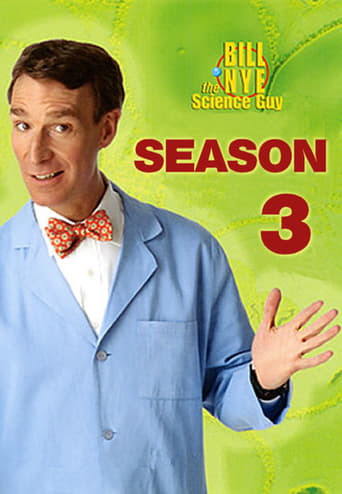Bill Nye the Science Guy
(1993)Streaming Episode Guide
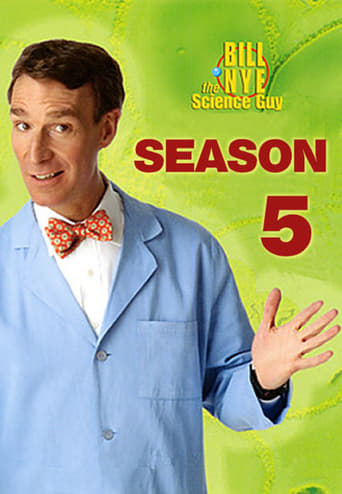
Season 5
Motion
Episode 20 - 6-20-1998
 7.7/10
7.7/10Buy

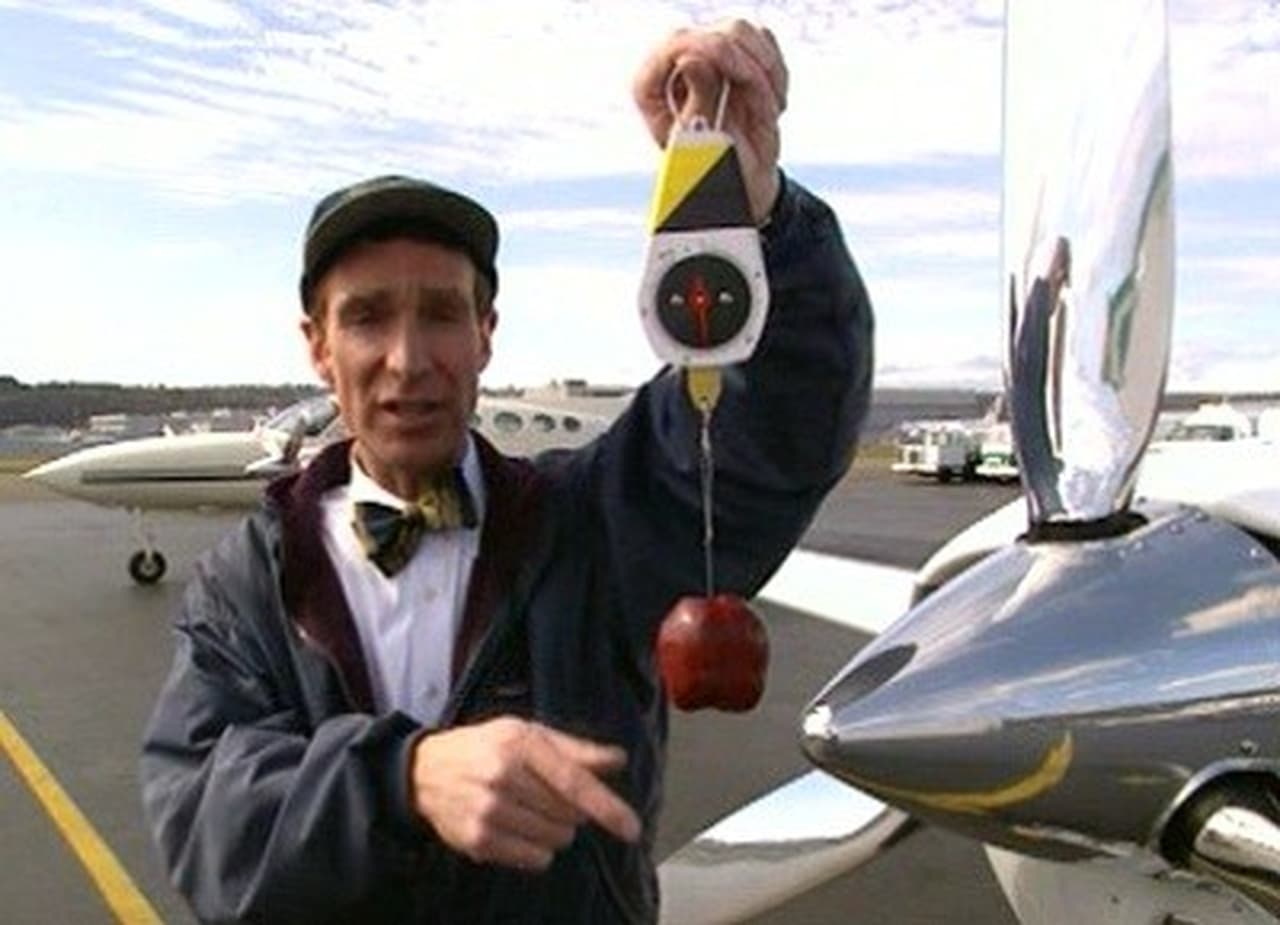
Science of Music
Episode 19 - 6-13-1998
 8.1/10
8.1/10

Patterns
Episode 18 - 6-06-1998
 7.2/10
7.2/10
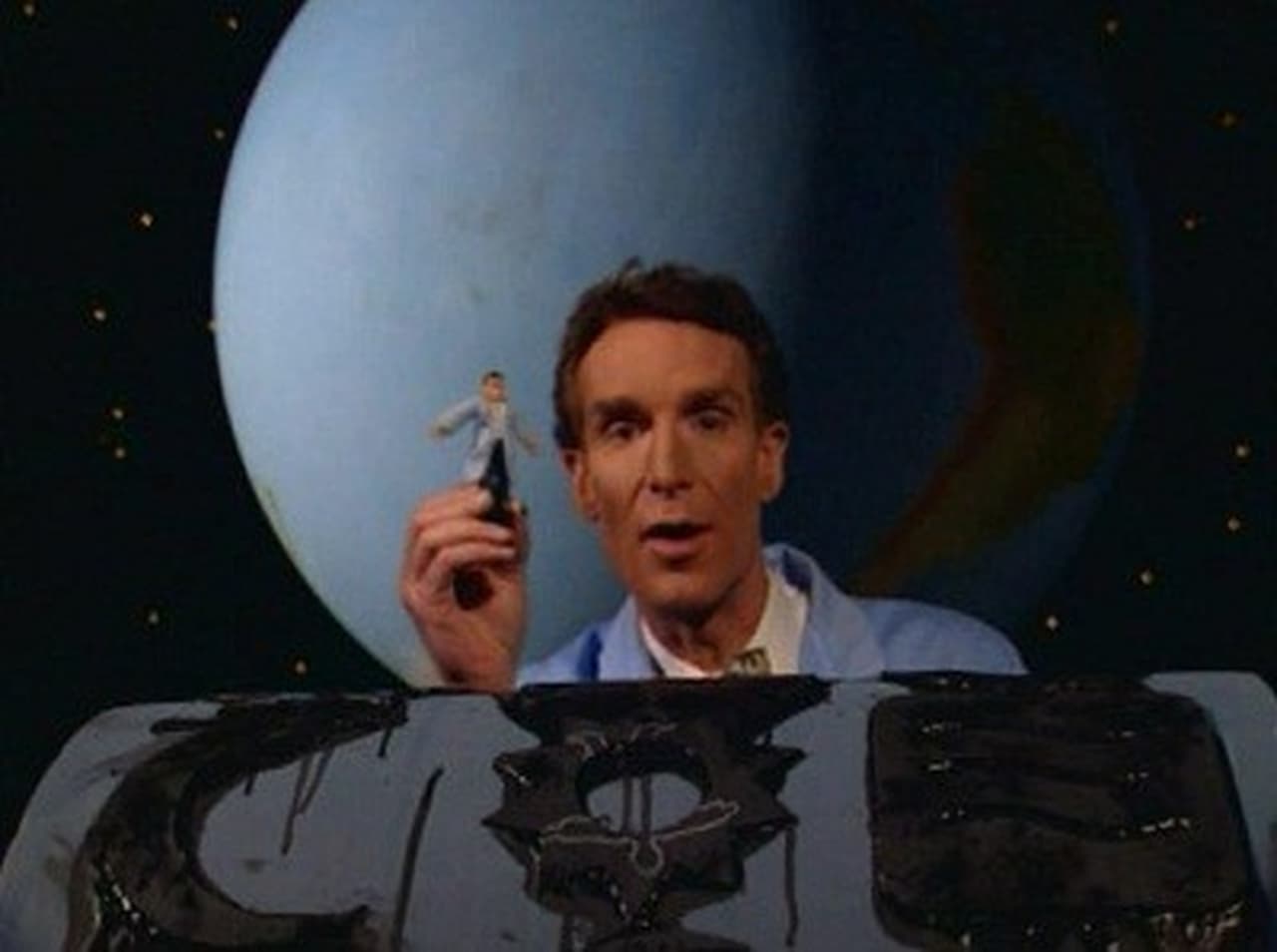
Measurement
Episode 17 - 5-30-1998
 7.9/10
7.9/10
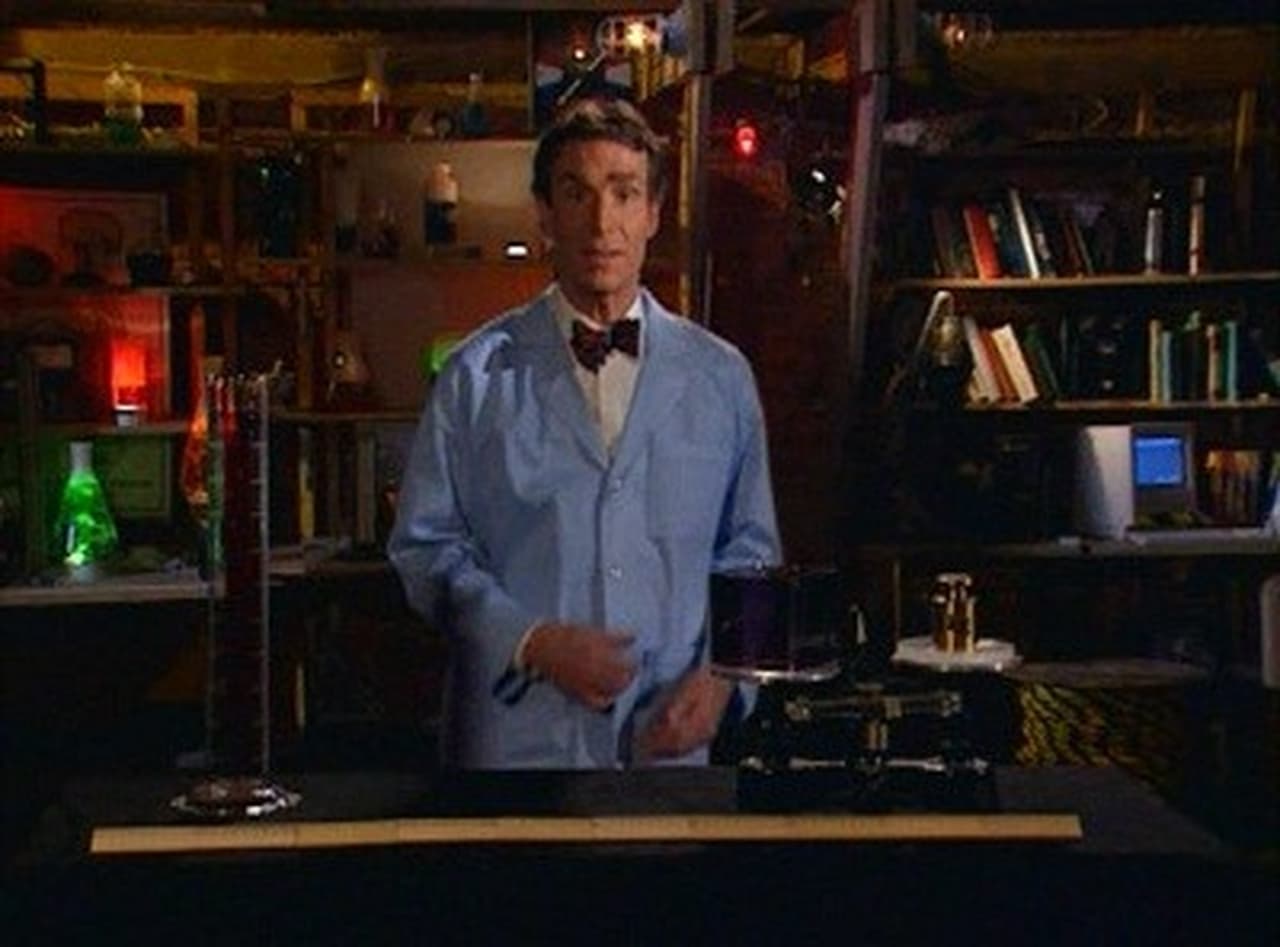
Storms
Episode 16 - 5-23-1998
 7.8/10
7.8/10Buy

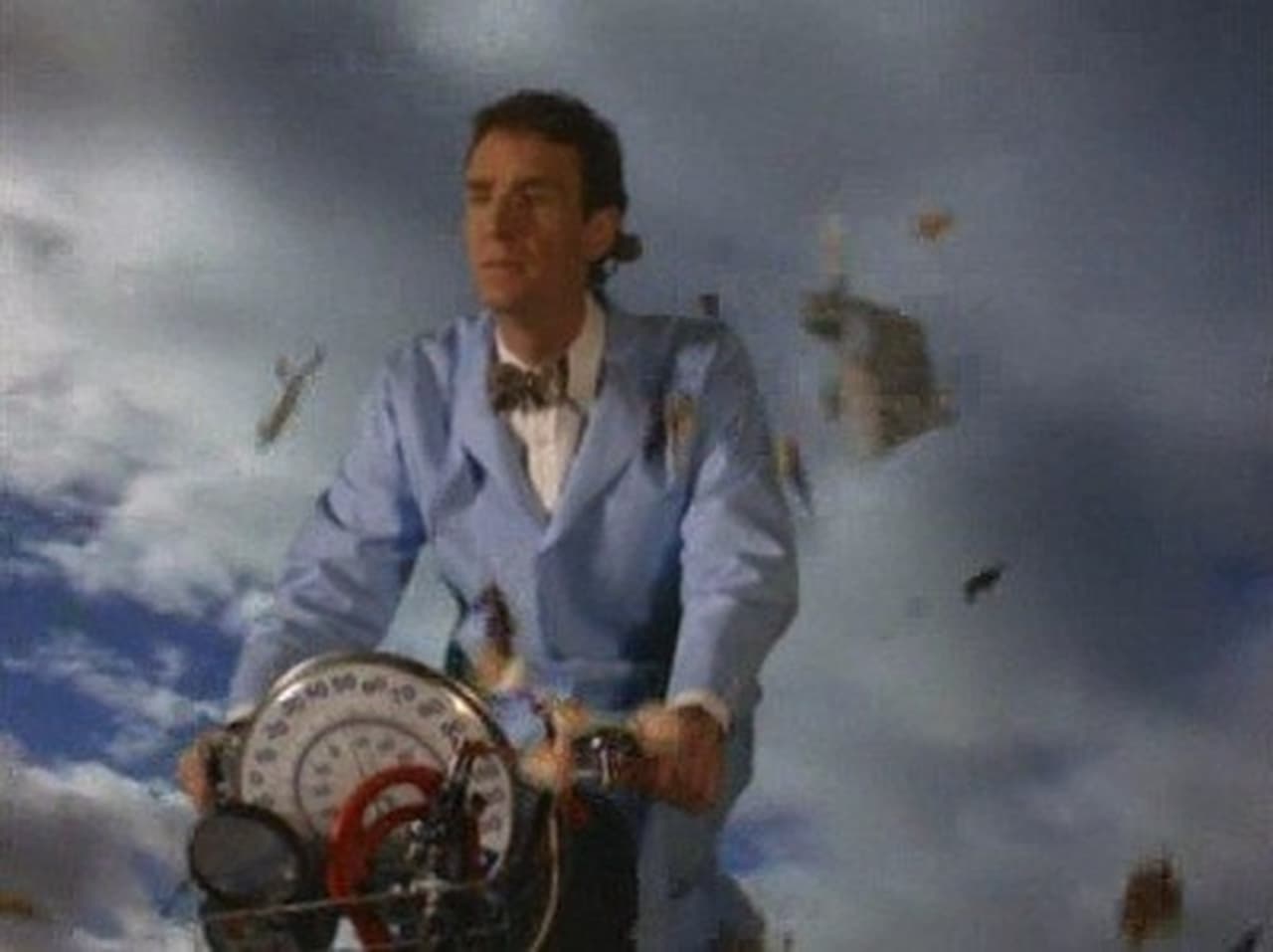
Comets & Meteors
Episode 15 - 5-16-1998
 8/10
8/10
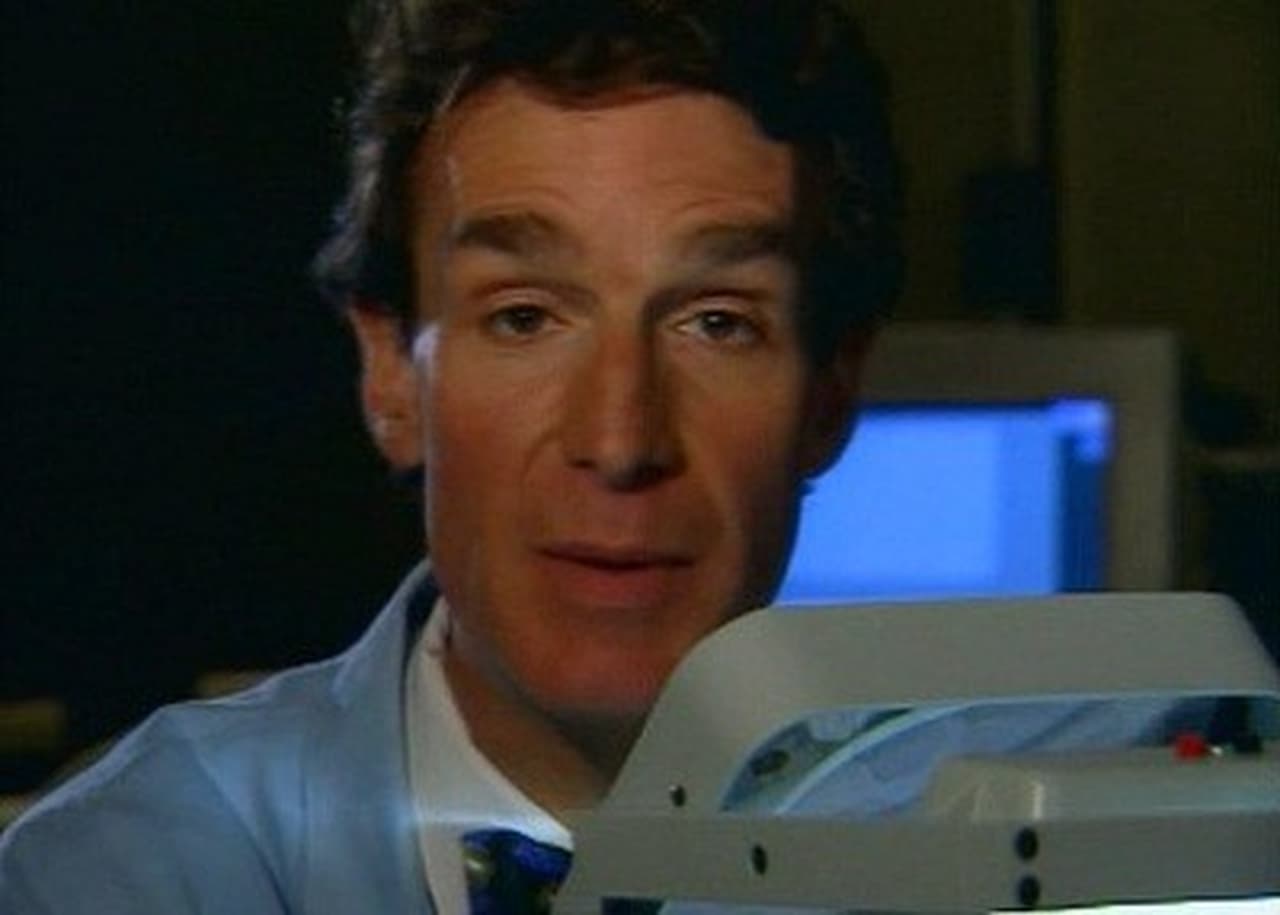
Erosion
Episode 14 - 5-09-1998
 8.3/10
8.3/10

Fluids
Episode 13 - 5-02-1998
 8.3/10
8.3/10
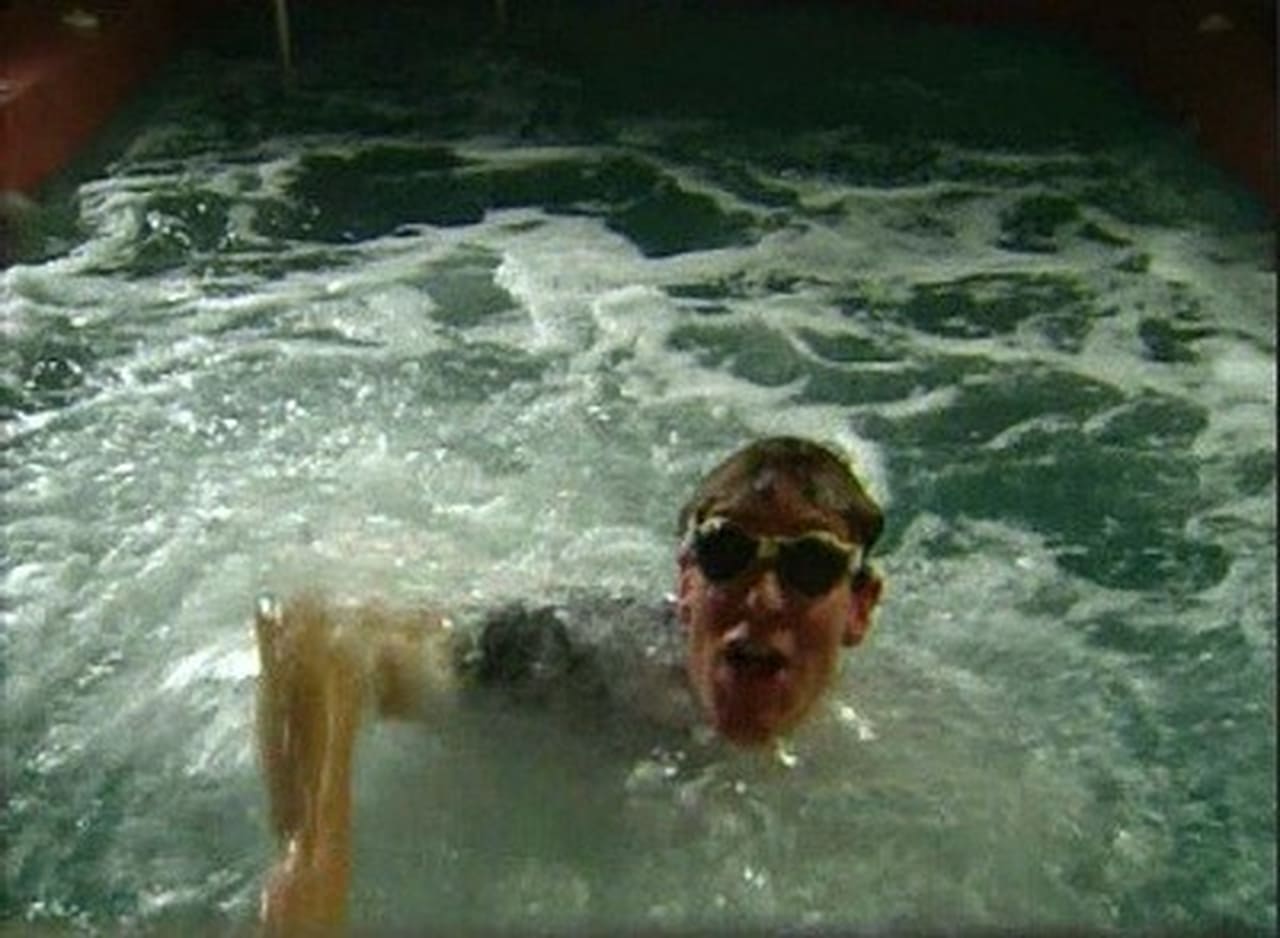
Caves
Episode 12 - 4-25-1998
 7.6/10
7.6/10
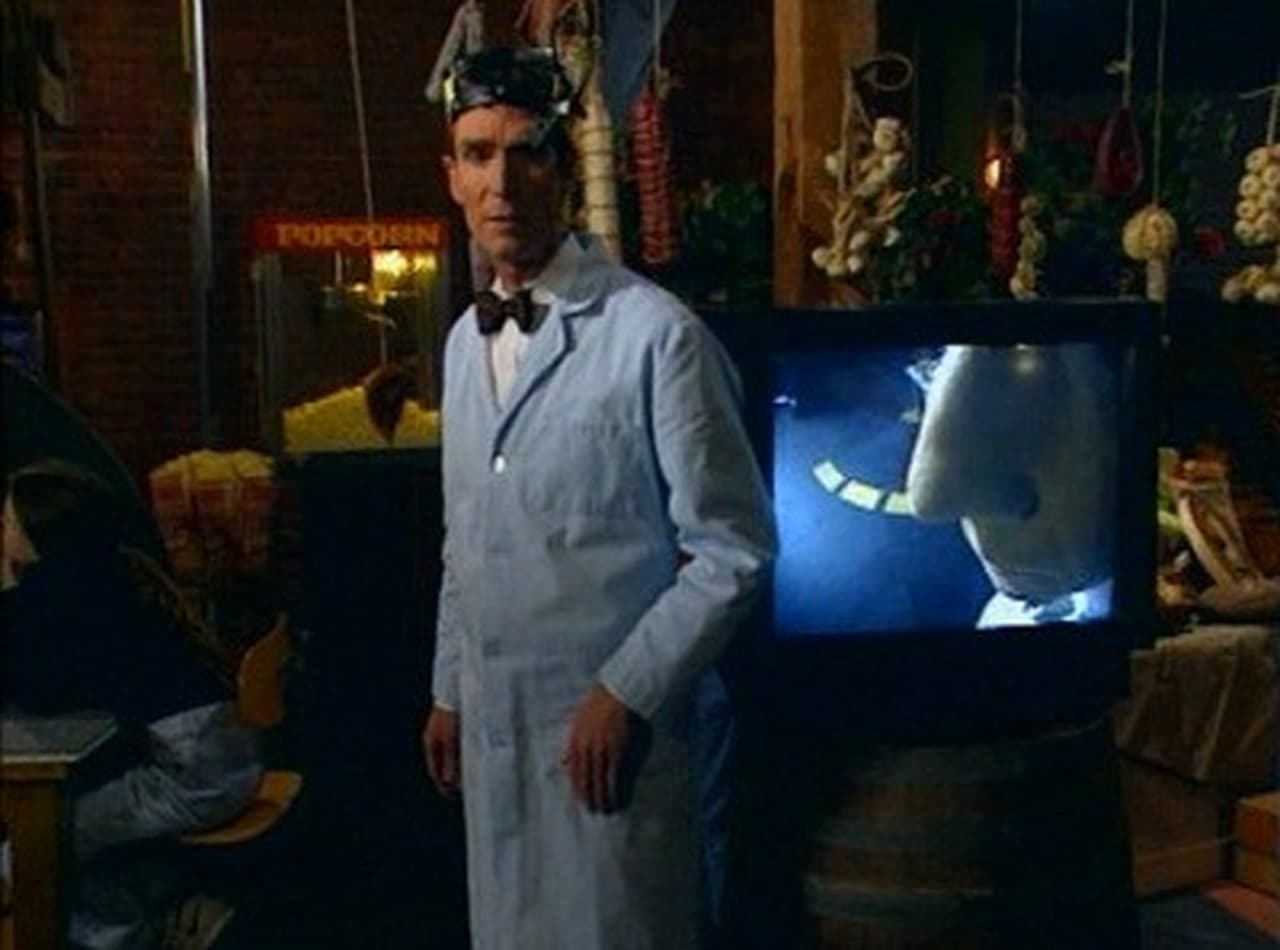
Smell
Episode 11 - 2-28-1998
 8.2/10
8.2/10

Lakes & Ponds
Episode 10 - 2-21-1998
 7.2/10
7.2/10Buy

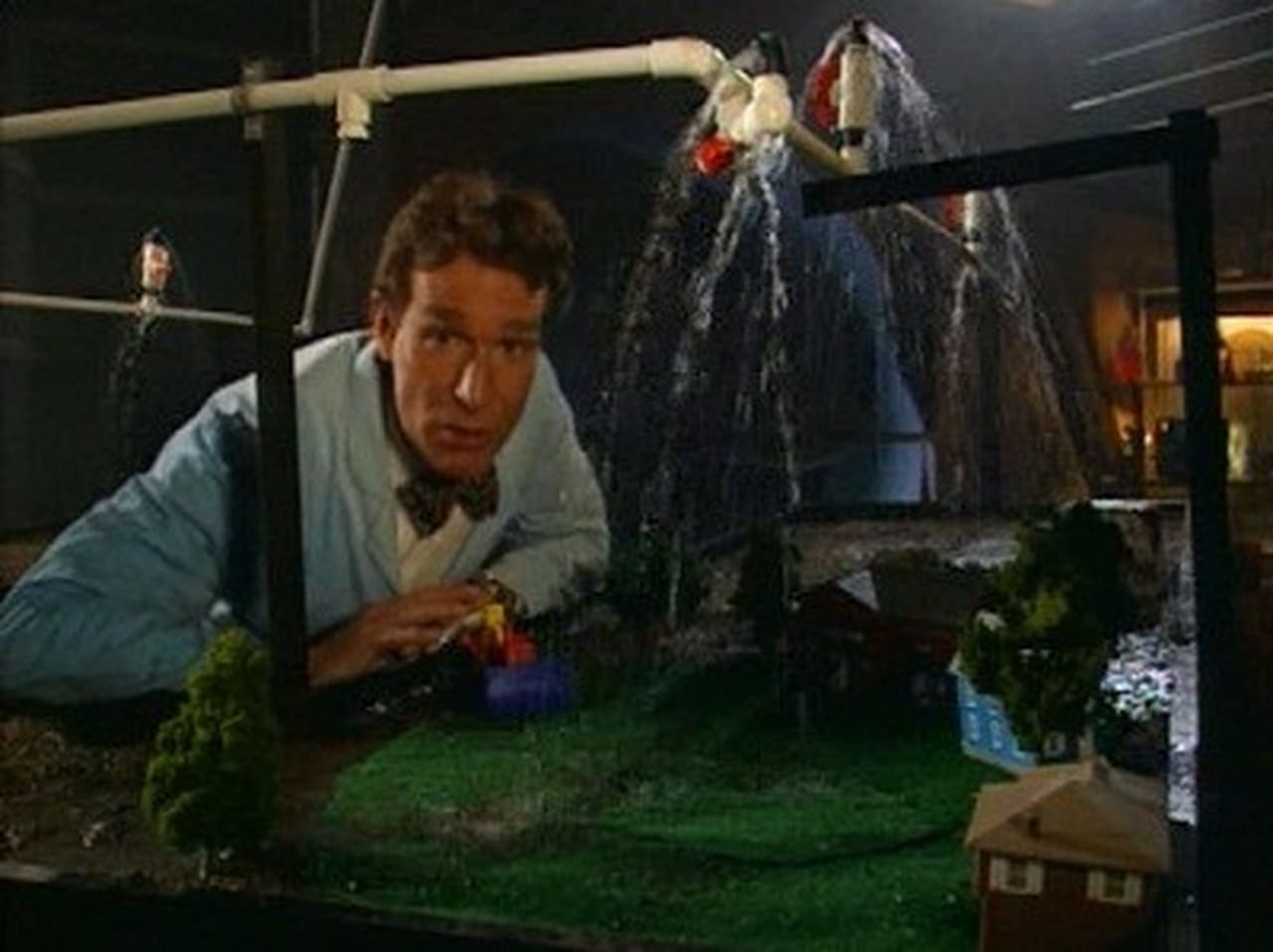
Ocean Exploration
Episode 9 - 12-05-1997
 7.6/10
7.6/10
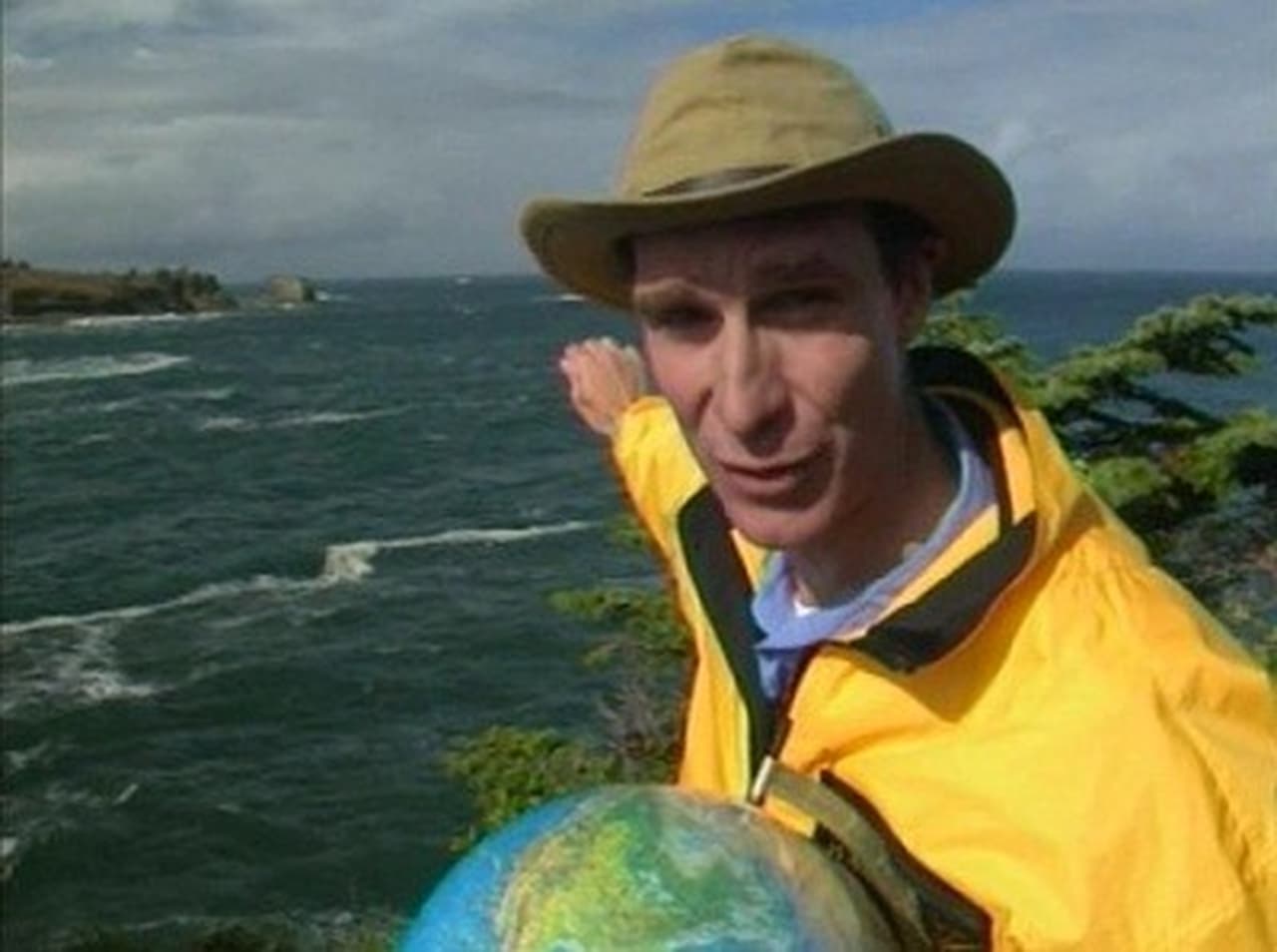
Atoms & Molecules
Episode 8 - 11-28-1997
 7.6/10
7.6/10
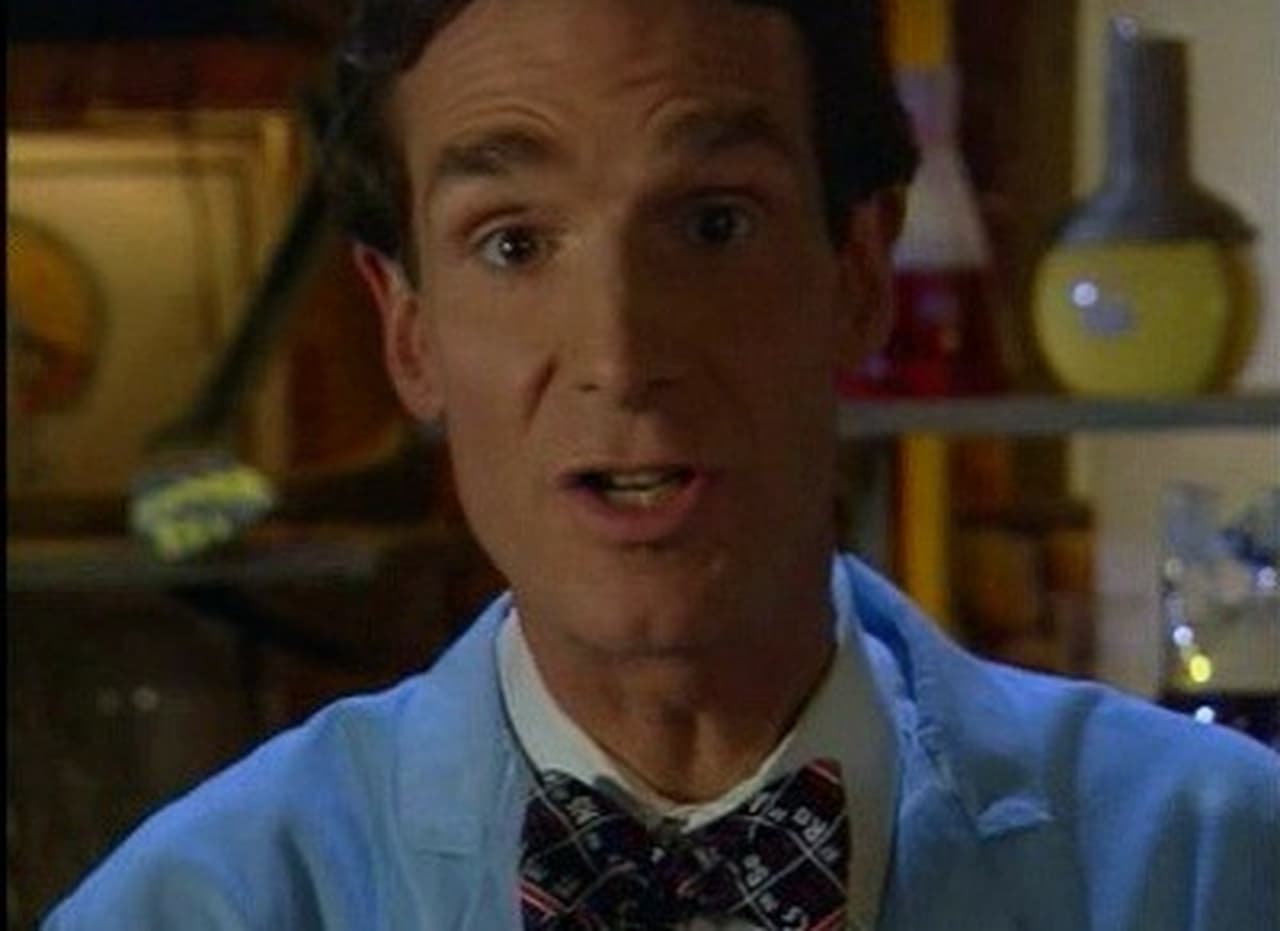
Do-It-Yourself Science
Episode 7 - 11-21-1997
 7.2/10
7.2/10Buy

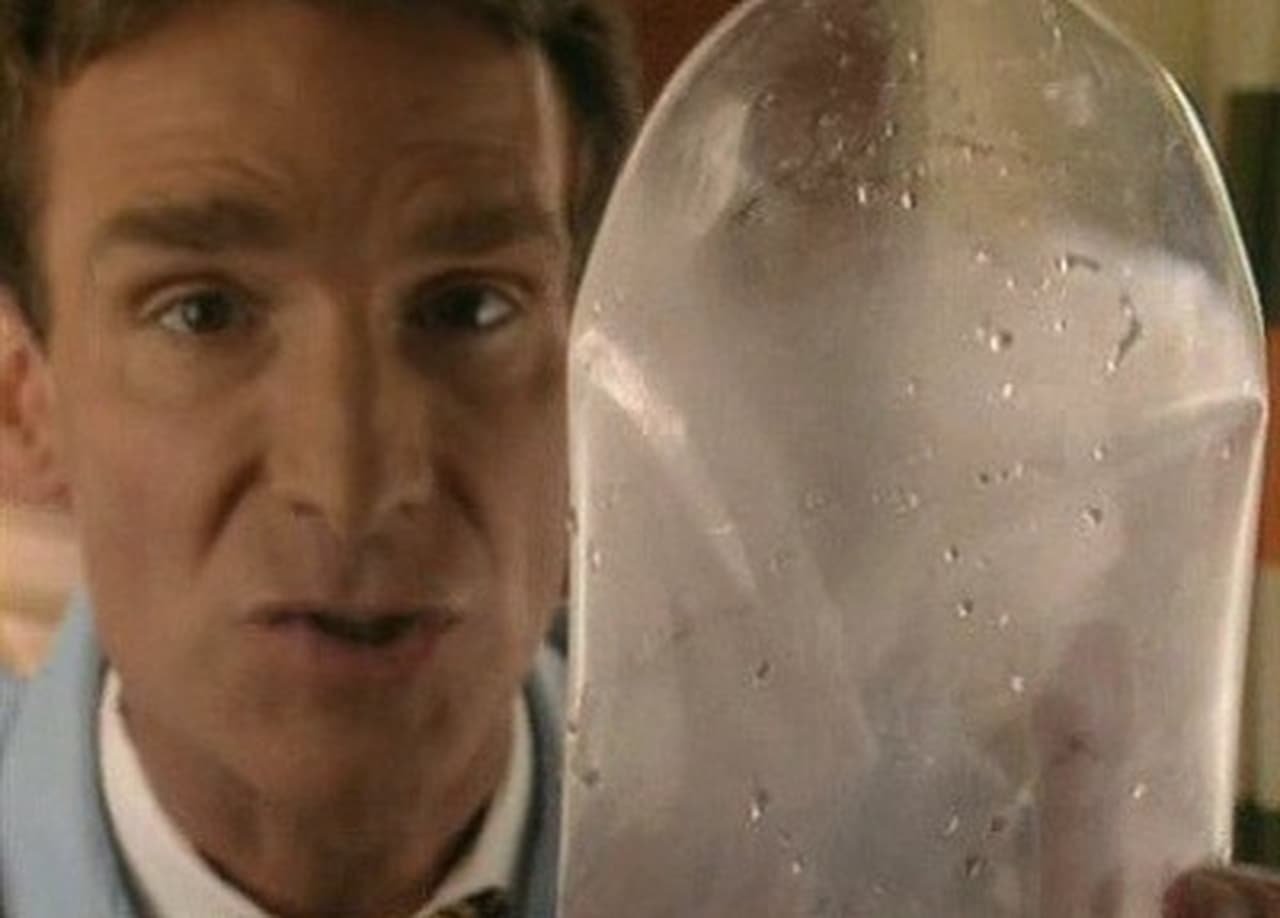
Life Cycles
Episode 6 - 11-14-1997
 6.9/10
6.9/10
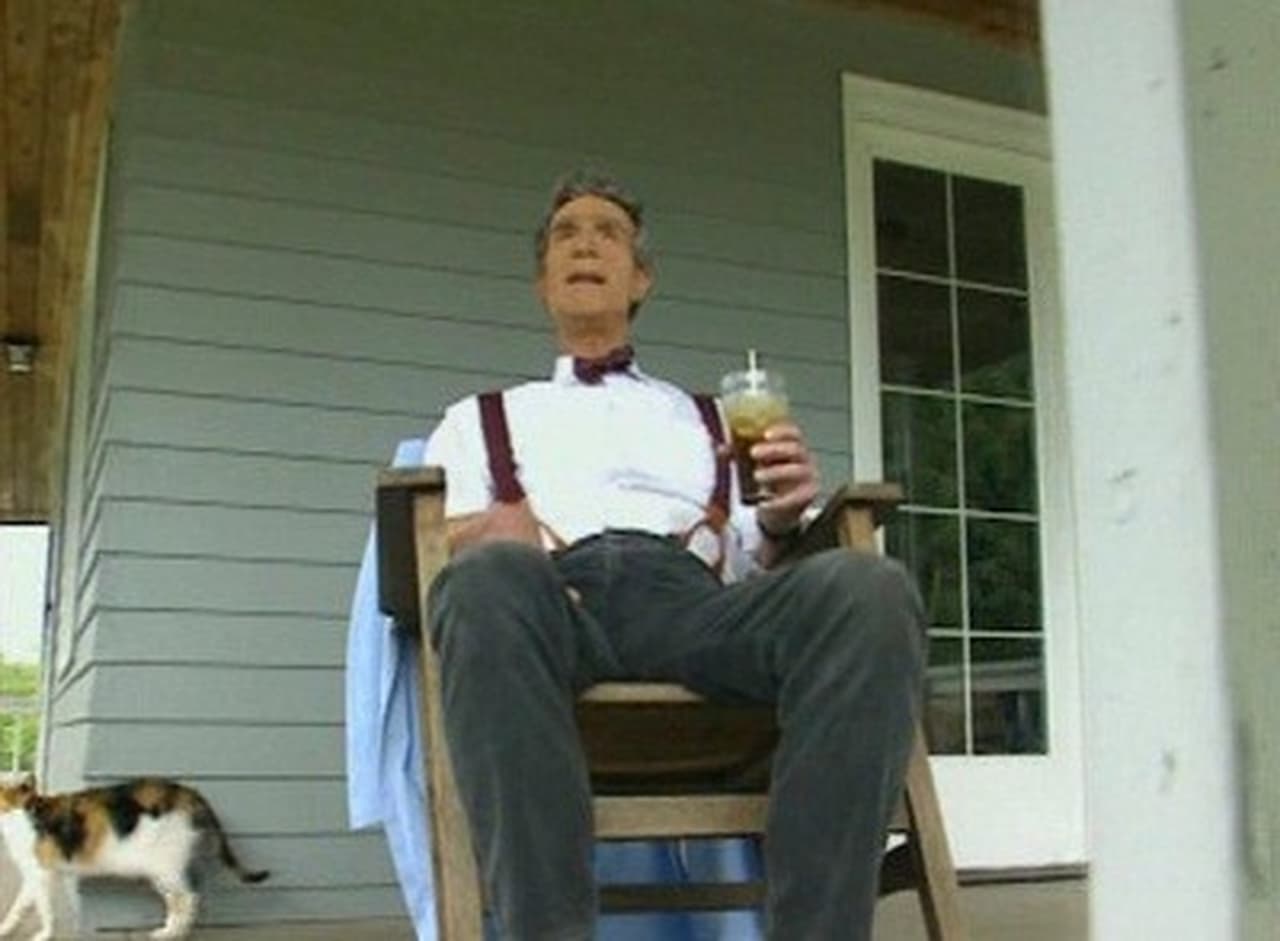
Farming
Episode 5 - 10-31-1997
 7.2/10
7.2/10
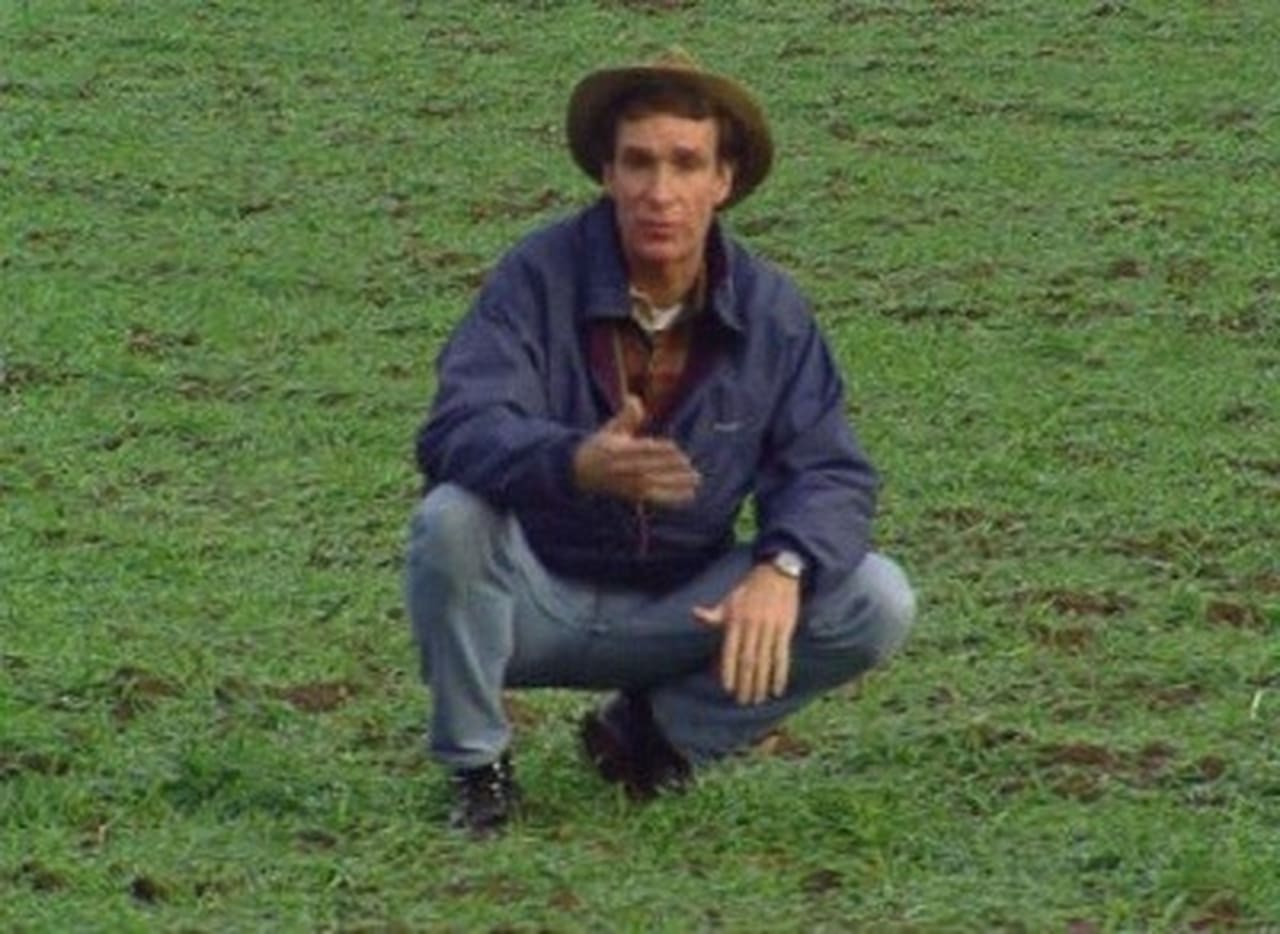
Architecture
Episode 4 - 10-24-1997
 6.9/10
6.9/10
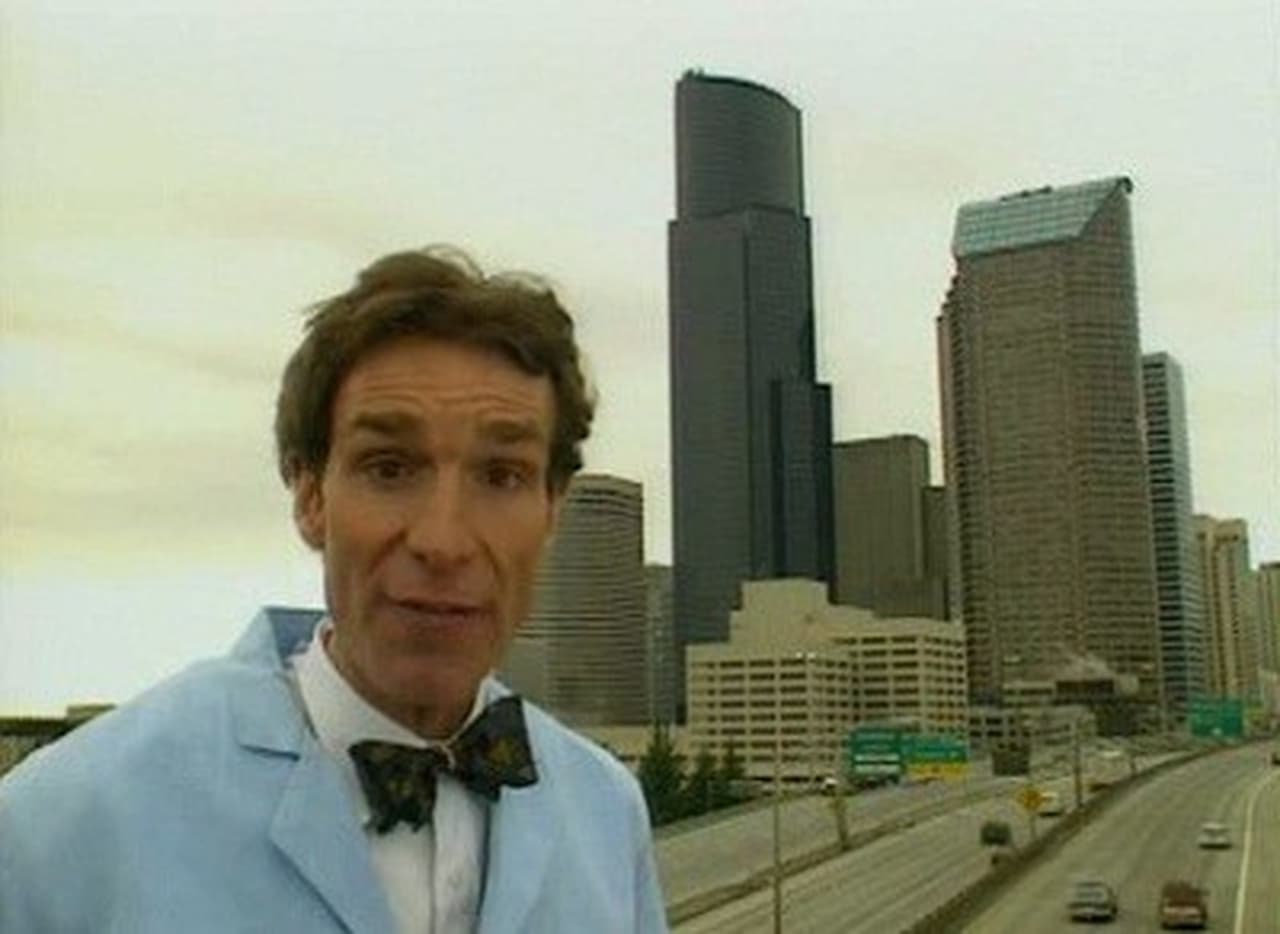
Genes
Episode 3 - 10-17-1997
 6.8/10
6.8/10Buy

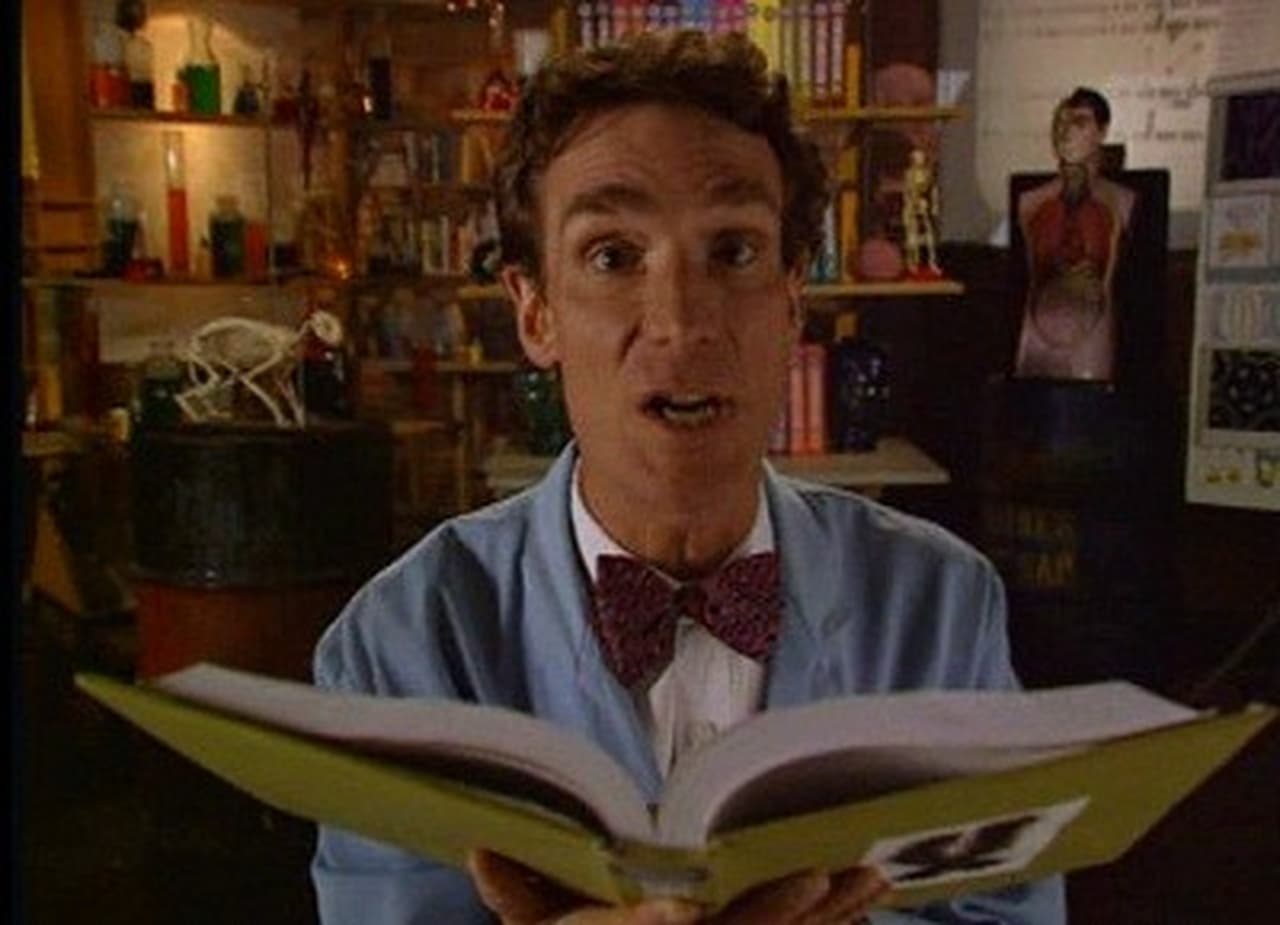
Space Exploration
Episode 2 - 9-26-1997
 7.5/10
7.5/10
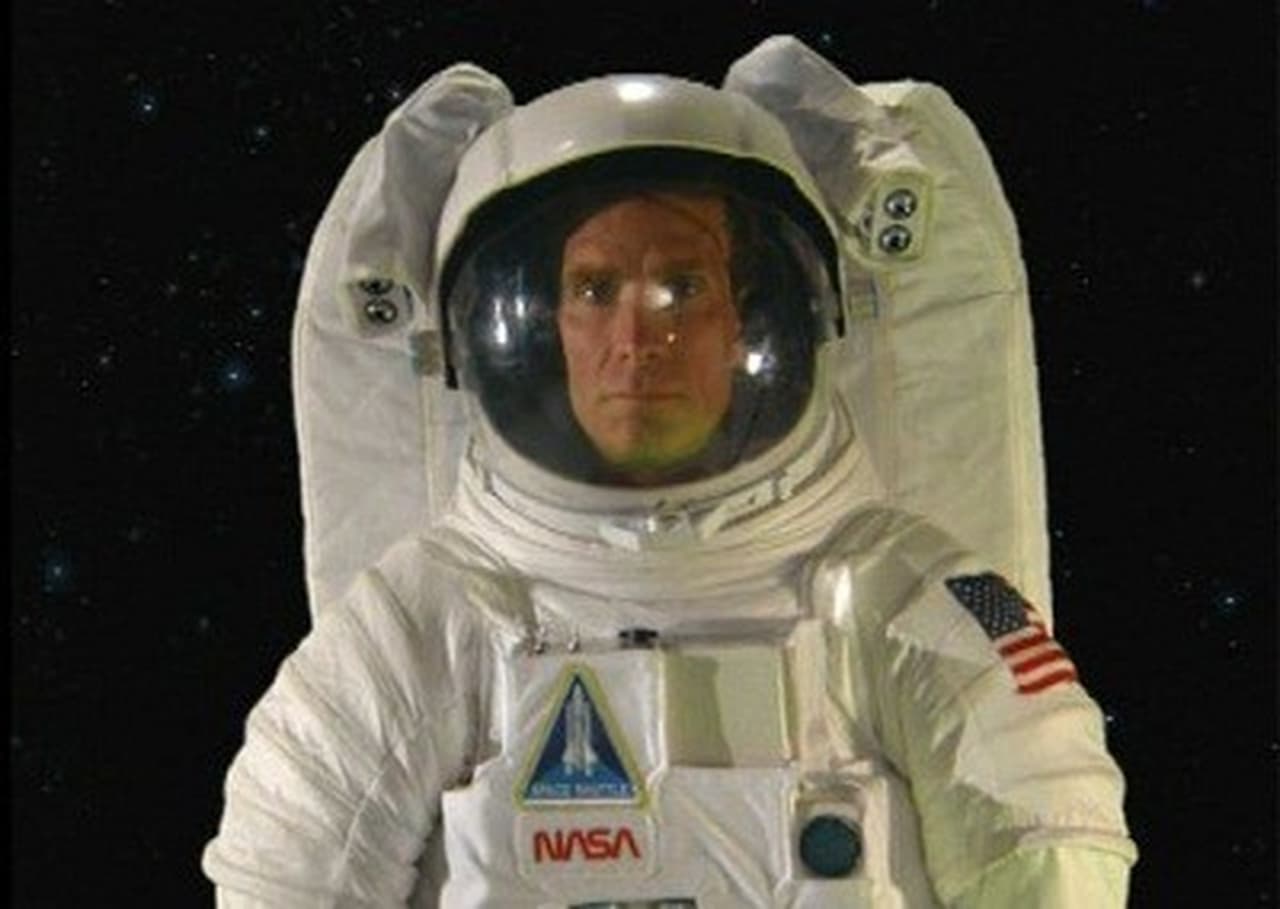
Forensics
Episode 1 - 9-19-1997
 7.7/10
7.7/10
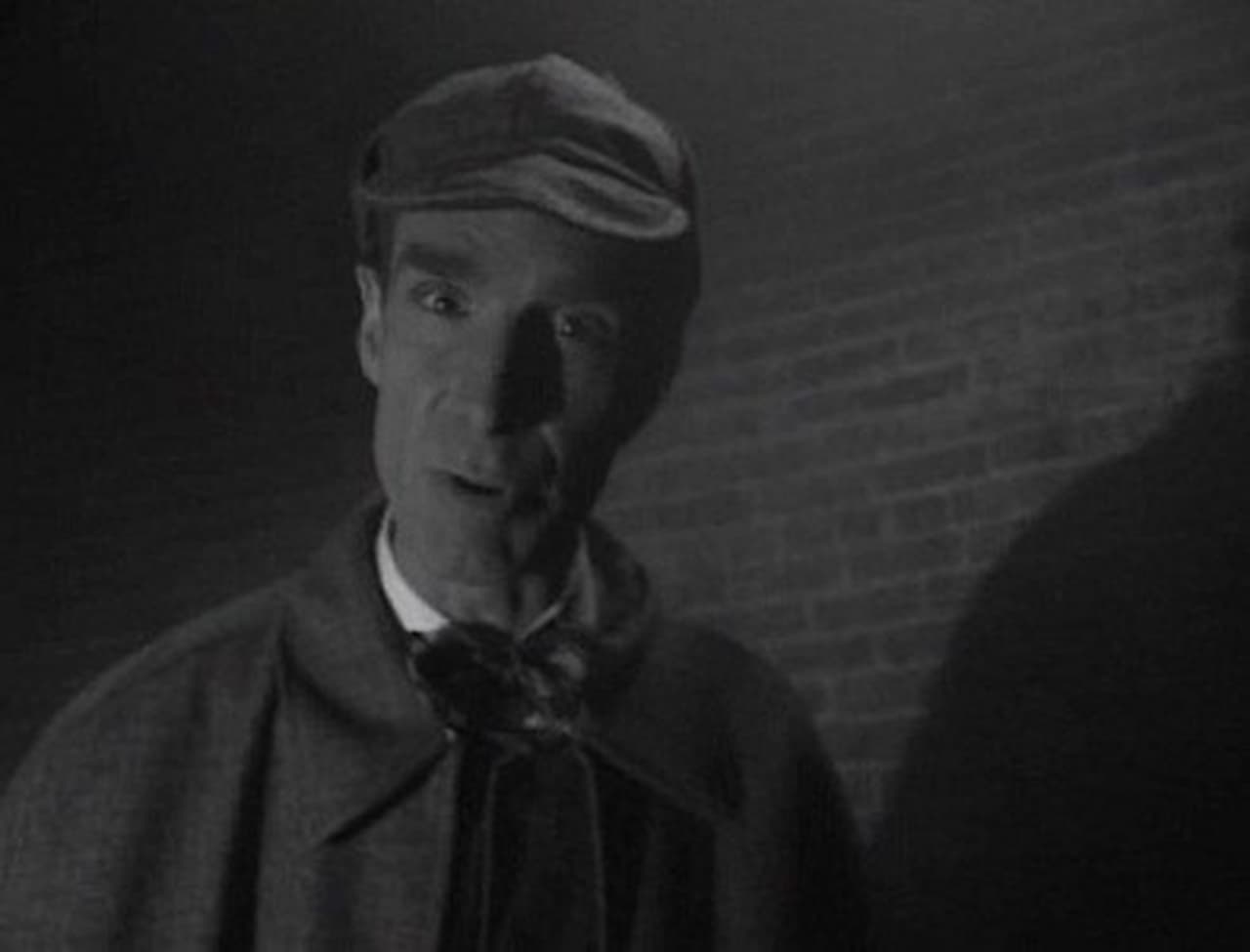
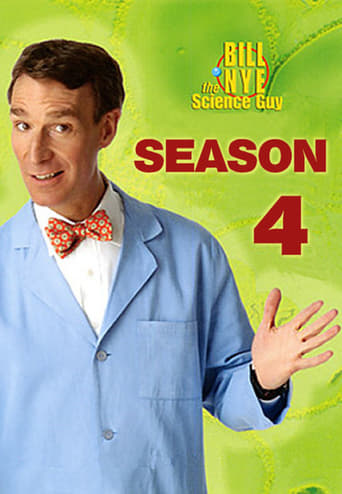
Season 4
Time
Episode 20 - 9-12-1997
 7.7/10
7.7/10

Fossils
Episode 19 - 9-05-1997
 8.3/10
8.3/10

Computers
Episode 18 - 4-25-1996
 7.2/10
7.2/10

Inventions
Episode 17 - 2-21-1996
 6.7/10
6.7/10Buy


Heart
Episode 16 - 2-14-1996
 7.1/10
7.1/10Buy


Invertebrates
Episode 15 - 2-07-1996
 7.6/10
7.6/10

Volcanoes
Episode 14 - 1-31-1996
 8/10
8/10

Amphibians
Episode 13 - 1-30-1996
 7.6/10
7.6/10

Deserts
Episode 12 - 1-29-1996
 7.6/10
7.6/10Buy


Archaeology
Episode 11 - 1-28-1996
 7.7/10
7.7/10

Flowers
Episode 10 - 1-27-1996
 8/10
8/10Buy


Pseudoscience
Episode 9 - 1-26-1996
 7.1/10
7.1/10

Probability
Episode 8 - 1-19-1996
 5.8/10
5.8/10Buy


Pollution Solutions
Episode 7 - 1-12-1996
 8.2/10
8.2/10Buy


Spiders
Episode 6 - 1-05-1996
 7.7/10
7.7/10

NTV Top 11 Video Countdown
Episode 5 - 12-01-1995
 7.2/10
7.2/10

Earthquakes
Episode 4 - 11-24-1995
 7.6/10
7.6/10Buy


Marine Mammals
Episode 3 - 11-17-1995
 7.3/10
7.3/10

Nutrition
Episode 2 - 11-10-1995
 6.5/10
6.5/10

Rivers & Streams
Episode 1 - 11-03-1995
 8/10
8/10

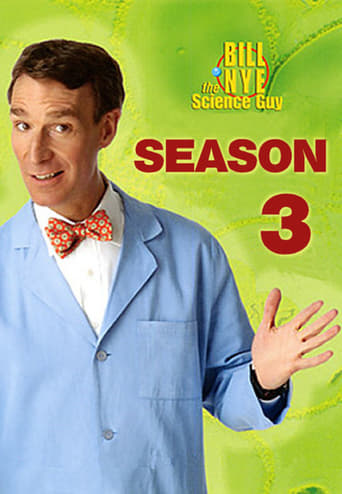
Season 3
Animal Locomotion
Episode 20 - 10-27-1995
 7.2/10
7.2/10Buy


Populations
Episode 19 - 10-20-1995
 6.4/10
6.4/10Buy


Birds
Episode 18 - 10-13-1995
 7.5/10
7.5/10

Wetlands
Episode 17 - 10-06-1995
 7.2/10
7.2/10

Human Transportation
Episode 16 - 9-29-1995
 7.4/10
7.4/10

Fish
Episode 15 - 9-22-1995
 7.6/10
7.6/10

Spinning Things
Episode 14 - 9-15-1995
 7.6/10
7.6/10

Mammals
Episode 13 - 9-08-1995
 7.6/10
7.6/10Buy


Ocean Life
Episode 12 - 4-28-1995
 7.4/10
7.4/10Buy


Waves
Episode 11 - 4-21-1995
 7.4/10
7.4/10

Climates
Episode 10 - 4-14-1995
 7.4/10
7.4/10Buy


Germs
Episode 9 - 4-07-1995
 7.2/10
7.2/10

Friction
Episode 8 - 3-31-1995
 7.6/10
7.6/10Buy


Water Cycle
Episode 7 - 3-24-1995
 7.4/10
7.4/10

Evolution
Episode 6 - 2-17-1995
 6.6/10
6.6/10Buy


Energy
Episode 5 - 2-10-1995
 5.9/10
5.9/10

Rocks & Soil
Episode 4 - 2-03-1995
 7.6/10
7.6/10

Plants
Episode 3 - 1-28-1995
 7.3/10
7.3/10Buy


Pressure
Episode 2 - 1-21-1995
 7.5/10
7.5/10

Planets & Moons
Episode 1 - 1-14-1995
 8/10
8/10Buy


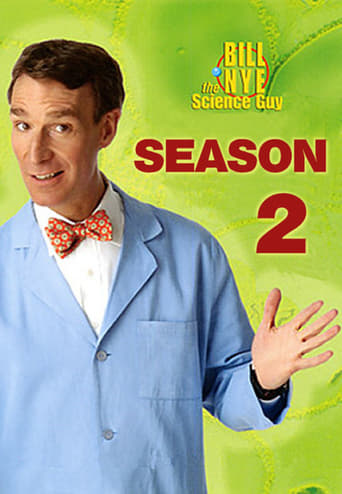
Season 2
Respiration
Episode 20 - 1-07-1995
 6.7/10
6.7/10Buy


Atmosphere
Episode 19 - 12-03-1994
 6.8/10
6.8/10Buy


Momentum
Episode 17 - 11-19-1994
 7.2/10
7.2/10Buy


Communication
Episode 16 - 11-12-1994
 7.2/10
7.2/10Buy


Forests
Episode 15 - 11-05-1994
 8/10
8/10Buy


Brain
Episode 14 - 10-29-1994
 8/10
8/10Buy


The Sun
Episode 13 - 10-22-1994
 6.4/10
6.4/10Buy


Balance
Episode 12 - 10-15-1994
 7.3/10
7.3/10Buy


Insects
Episode 11 - 10-08-1994
 7.4/10
7.4/10Buy


Heat
Episode 10 - 10-01-1994
 7.2/10
7.2/10Buy


Oceanography
Episode 9 - 9-24-1994
 7.6/10
7.6/10Buy


Bones & Muscles
Episode 8 - 9-17-1994
 7.4/10
7.4/10Buy


Light Optics
Episode 7 - 9-10-1994
 6.8/10
6.8/10Buy


Food Web
Episode 6 - 3-25-1994
 6.2/10
6.2/10Buy


Static Electricity
Episode 5 - 3-18-1994
 7.2/10
7.2/10Buy


Chemical Reactions
Episode 4 - 3-11-1994
 6.6/10
6.6/10Buy


Blood & Circulation
Episode 3 - 3-04-1994
 5.9/10
5.9/10Buy


Wind
Episode 2 - 2-25-1994
 7.5/10
7.5/10Buy


Magnetism
Episode 1 - 2-18-1994
 6.9/10
6.9/10Buy


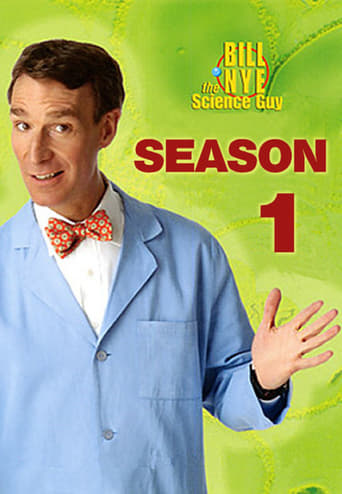
Season 1
Eyeball
Episode 20 - 2-11-1994
 7.2/10
7.2/10

Outer Space
Episode 19 - 2-04-1994
 6.6/10
6.6/10

Electricity
Episode 18 - 1-28-1994
 7.4/10
7.4/10

Cells
Episode 17 - 1-21-1994
 6.4/10
6.4/10

Light & Color
Episode 16 - 12-24-1993
 7.2/10
7.2/10

Earth's Seasons
Episode 15 - 12-17-1993
 6.6/10
6.6/10

Structures
Episode 14 - 12-10-1993
 7/10
7/10Buy


Garbage
Episode 13 - 12-03-1993
 6.4/10
6.4/10Buy


Sound
Episode 12 - 11-26-1993
 6.6/10
6.6/10Buy


The Moon
Episode 11 - 11-19-1993
 6.2/10
6.2/10Buy


Simple Machines
Episode 10 - 11-12-1993
 6.3/10
6.3/10Buy


Biodiversity
Episode 9 - 11-05-1993
 6/10
6/10Buy


Phases of Matter
Episode 8 - 10-29-1993
 6.9/10
6.9/10Buy


Digestion
Episode 7 - 10-22-1993
 6.7/10
6.7/10Buy


Gravity
Episode 6 - 10-15-1993
 7/10
7/10Buy


Buoyancy
Episode 5 - 10-08-1993
 7.2/10
7.2/10Buy


Skin
Episode 4 - 10-01-1993
 7.4/10
7.4/10Buy


Dinosaurs
Episode 3 - 9-24-1993
 6.5/10
6.5/10Buy


Earth's Crust
Episode 2 - 9-17-1993
 7.2/10
7.2/10Buy


Flight
Episode 1 - 9-10-1993
 6.3/10
6.3/10Buy



Fossils
Episode 19 - 9-05-1997
 8.3/10
8.3/10

Fluids
Episode 13 - 5-02-1998
 8.3/10
8.3/10

Erosion
Episode 14 - 5-09-1998
 8.3/10
8.3/10

Pollution Solutions
Episode 7 - 1-12-1996
 8.2/10
8.2/10Buy


Smell
Episode 11 - 2-28-1998
 8.2/10
8.2/10






